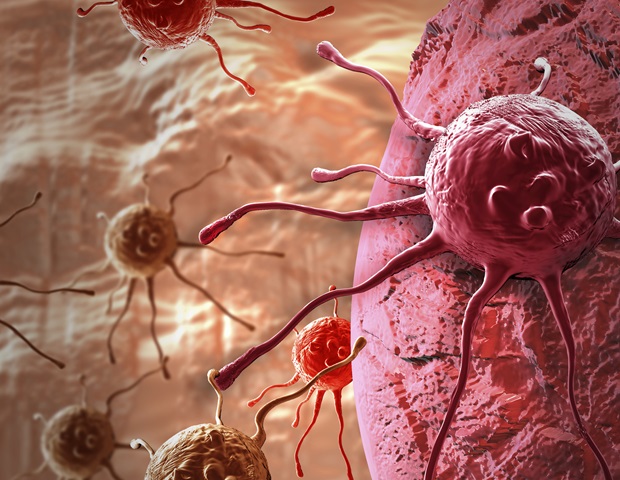Researchers at the University of California San Diego Center for Epigenomics (C4E) have developed a new technique, called Droplet Hi-C, that allows scientists to rapidly determine chromatin organization, the arrangement of genetic material within cells. Chromatin organization influences how genes are activated in our cells and, in turn, how those cells function. In addition to being faster than existing methods for studying chromatin organization, droplet Hi-C is more affordable, which could make it significantly easier for scientists to understand how genes influence the progression of complex diseases, such as cancer and neurological disorders.
The researchers have already deployed the technique, which works by capturing individual cells in tiny droplets, to study chromatin organization in mouse brain cells and in human tumors. In the long term, Droplet Hi-C could drive the discovery of new drug targets and help explain how cancer evolves to resist treatment. The technique may also have applications in clinical settings, where it could provide personalized insights into disease progression and treatment options.
The study, published October 18 in Nature Biotechnology, was led by Bing Ren, Ph.D., director of the C4E and a professor in the Department of Cellular & Molecular Medicine at UC San Diego School of Medicine.
Source:
Journal reference:
Chang, L., et al. (2024). Droplet Hi-C enables scalable, single-cell profiling of chromatin architecture in heterogeneous tissues. Nature Biotechnology. doi.org/10.1038/s41587-024-02447-1.
Source link : News-Medica

